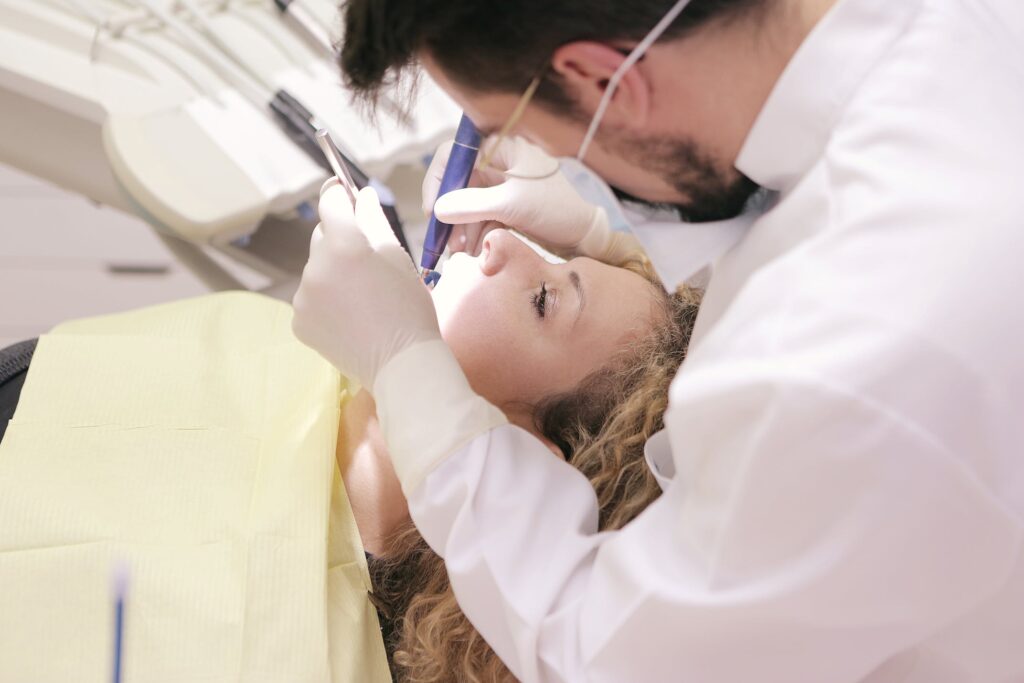If you have chronic headaches or pain in the face, jaw, or neck, the cause may actually be in your temporomandibular joints (TMJ). These are your jaw joints, which can become damaged or dysfunctional over time.
Wayne Family Dental has a variety of therapies available for treating such TMJ disorders (TMDs).

